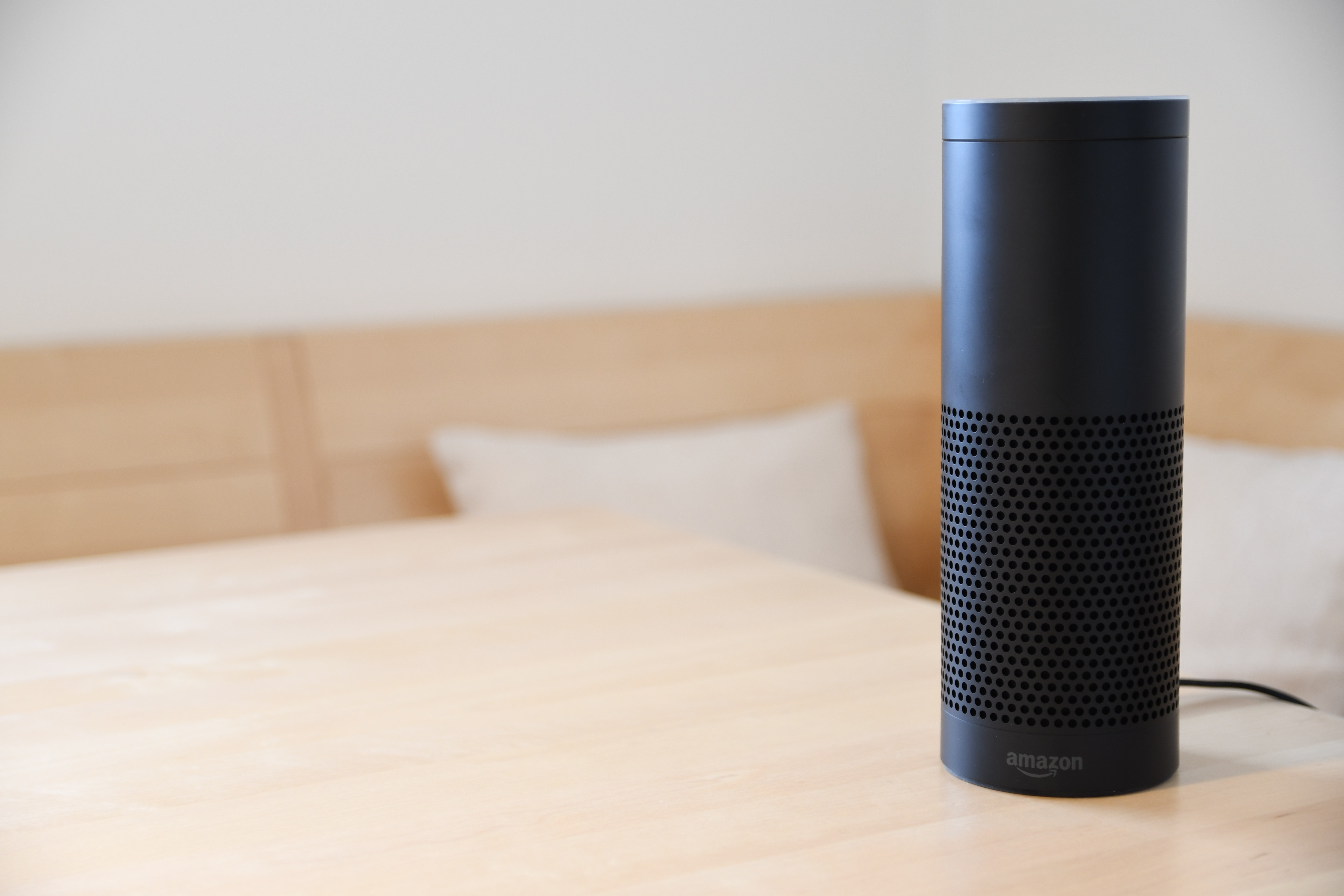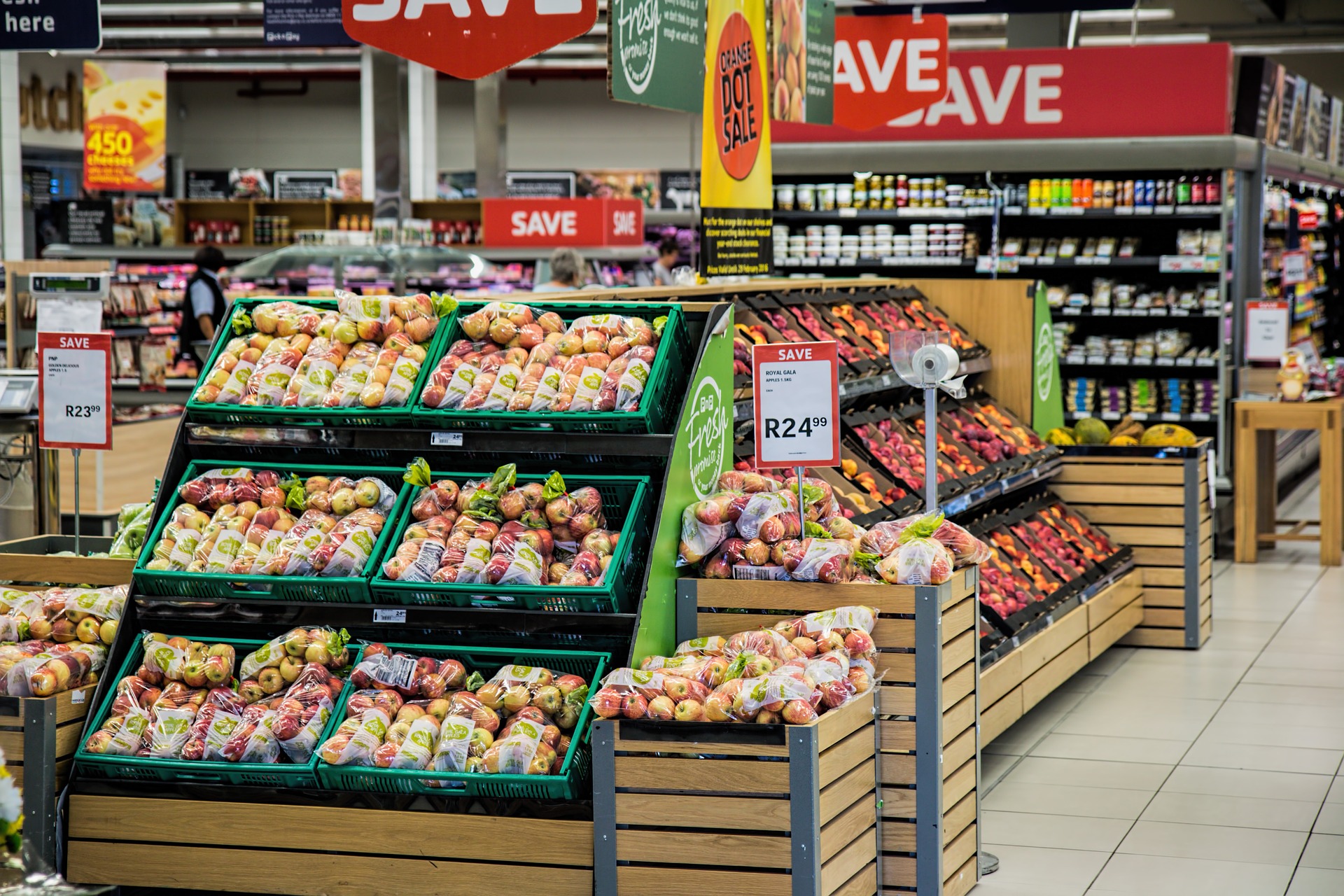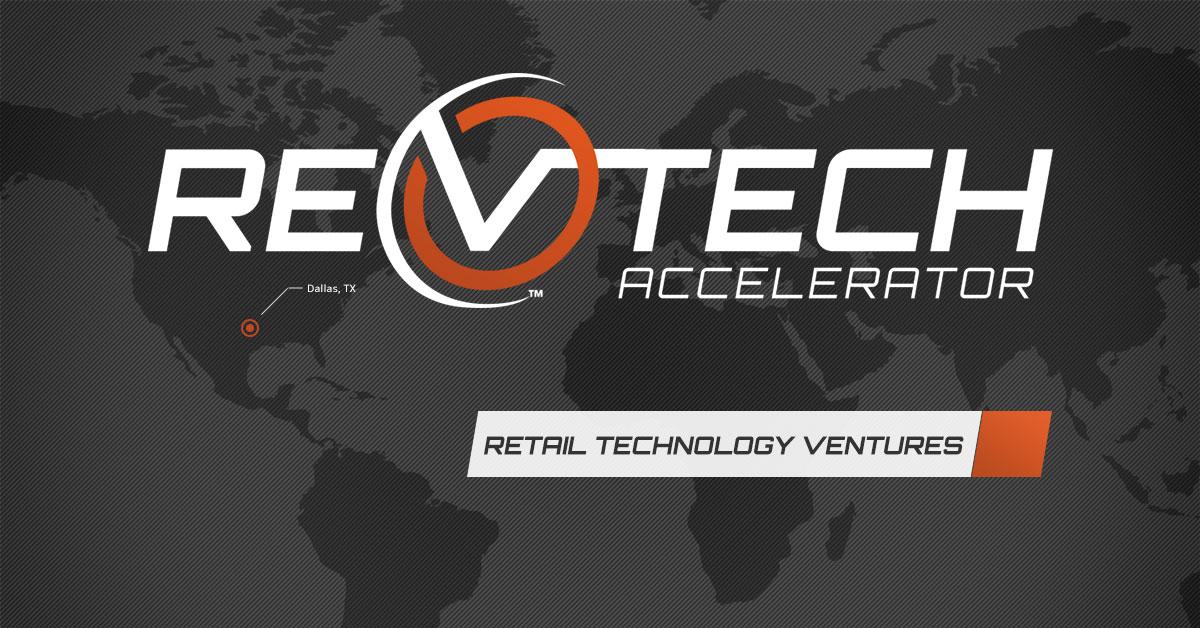Done right, a great retail tech PR program can have as strong an impact on a vendor’s success as their solutions have for the retailers they serve. As retailers look to innovate alongside Amazon and avoid being next years’ Sears, they’re turning to emergent technologies such as AI, machine learning, robotics, machine vision, and IoT.
But in an ecosystem full of marketing hype and hyperbole, retailers aren’t ready to trust an unknown commodity. In other words, they won’t just take your word for it. Innovation, without broad recognition, holds surprisingly little value. That’s where the influence you gain with a retail tech PR program comes in.
Retailers trust the media to be the gatekeepers of truth. Not just about the news stories, but trends and the impact and value of those trends.
Our clients at Ketner Group have been taking advantage of this to place themselves at the forefront of retail trend conversations for nearly three decades. By building close media relationships, they have earned coverage in publications ranging from The Wall Street Journal, CNBC, Bloomberg and Forbes, to influential retail, grocery and CPG trade media.
How can your company create the best retail tech PR program? Keep these four principles in mind to increase your market visibility and attract new customers, partners and investors.
1. Define your unique story.
Does your company have a promising new solution for retailers? That’s great, but how can you stand out to decision-makers from the hundreds of other technology companies that are vying for attention?
It begins by creating concise, easily understood messaging that answers fundamental questions:
- Who is your audience?
- What specific challenges do they face?
- How does your solution answer those challenges?
- What are the benefits?
- What do your customers say about you?
- Do you have data and performance metrics to back up your claims?
Answering these questions isn’t an easy exercise. But it’s fundamental to creating a unique brand story that differentiates your company from your competitors in the market.
2. Consider the broader context.
Every problem/solution must fit into a larger context in order to find market acceptance. If your PR program is focused only on you, you’ll never get the results you want.
For example, one of the biggest disruptions in grocery retailing is the rapid rise of e-commerce, especially from Amazon and Instacart; grocers are moving quickly to deploy their own e-commerce and delivery solutions in order to retain customers and protect market share. It’s a trend that one of our clients directly addresses.
Other clients have introduced technology for fully automated, cashierless stores; solutions to help companies navigate major supply chain disruptions; AI technology that can identify new opportunities for profit while helping retailers cut their losses.
All these are just a few of the market dynamics that are reshaping retail. And to be successful in retail technology PR, it’s imperative to frame the context for your solution and show how it addresses significant business trends.
3. Know what to say, when to say it and who to say it to.
The life of a typical editor or reporter isn’t easy. Typically, it’s marked by tight deadlines, heavy workloads and information overload. Our job as PR professionals, in partnership with our clients, is to make their jobs easier with newsworthy, timely and relevant information.
What do editors want?
For starters, editors always welcome unique, compelling data that are unavailable from anyone else. The data should add a fresh dimension to an ongoing story or reveal a new conversation the industry should consider.
Editors also appreciate commentary from thought leaders on fast-breaking industry trends, as this can support their story development with an expert perspective. If you can provide a customer that’s willing to speak, so much the better; nothing adds to a story like the real-world perspective of a retailer.
4. Create a well-rounded retail tech PR program.
Much of this blog has dealt with media relations, and it’s typically a primary focus when companies decide to hire a PR agency. However, earned media is only one facet of a well-rounded PR program. As Ketner Group president Catherine Seeds made clear in her recent blog about what to do after NRF, an effective PR program also includes:
- Analyst relations
- Social media
- Digital marketing
- Speaking engagements
- Event participation
Together with all forms of original content—ranging from blogs to thought leadership articles, case studies, e-books, white papers and more—these are the fundamental elements of a comprehensive PR program for retail technology companies and other businesses as well.
Companies that create comprehensive programs like this, usually in partnership with a PR agency, will reap a number of benefits. Charles Dimov, VP Marketing at our client ContractPodAI, underscored this point in a blog on the connection between PR and lead generation.
At Dimov’s former company (also a Ketner Group client and retail technology company), he implemented a disciplined method of tracking qualified leads. The company traced a third of the company’s leads to PR—a result that can make a significant difference in the bottom line.
So can a robust PR program pay dividends? The answer is “yes,” and hopefully these tips can help point you in the right direction, whether you’re a retail technology company or other B2B business. Now go out and build a great PR program (and contact us if you need help along the way)!








